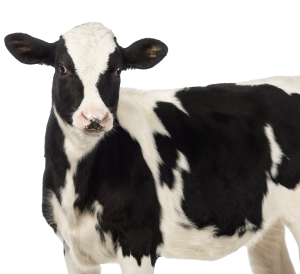Calving Heifers at 21 Months: Real Dollars, Really Achievable
Posted: April 13, 2016 | Written By: Daniel Kohls, P.A.S.

Calving first lactation females on your dairy earlier than you currently do today can challenge your thinking. Some might not even think it’s possible. To shave a month or two, in some cases 3 months off the average age at first calving can seem like a monumental if not impossible change for a dairy to implement. The fact is that it is a simple matter of choice, the choice to set the goal, manage age at first breeding with discipline, and feed correctly to optimize genetic potential. The results are healthier heifers, calving earlier, that pay you back faster.
It is tempting during milk price downturns to try to save pennies in the area of replacement heifer rearing in an effort to improve cash flow, since they provide no immediate revenue generation from milk sales. In reality, viewing the heifer enterprise as an investment similar to bond with a maturity date might change your viewpoint. Our data, as well as that of several universities and third party financial institutions verify that calving heifers at 21 months of age versus 24 months drastically improves rate of return on the investment of raising heifers. They pay you back faster when they enter the milking string sooner, and they can indeed grow fast and big enough to do it.
Two of the biggest objections to calving heifers at a younger age are the potential for increased calving difficulty, and the perception that they might not milk as well in their first lactation. Research and production data continues to refute these misconceptions. A recent review of DairyComp305 records and additional university research indicates over a 2,000 pound first lactation milk advantage for heifers calved at 20-22 months of age versus 24 months and older. These heifers also have a double advantage on feed costs: eliminating approximately 90 days of non-revenue producing feed into milk revenue!
Lastly, an “invisible” advantage of calving earlier is the reduced need for total replacements in a static herd population, or the ability to have a larger pool of replacements with which to fuel expansion of the dairy. Reducing age at first calving from 24 to 21 months reduces the need for heifers by 12% on average!
Your heifers are an investment. Managing and feeding them like one pays big dividends, and pays you back much sooner. Talk to your Form-A-Feed representative today to see how the Per-Four-Max 21 replacement heifer program can improve the payback on your heifer investment.